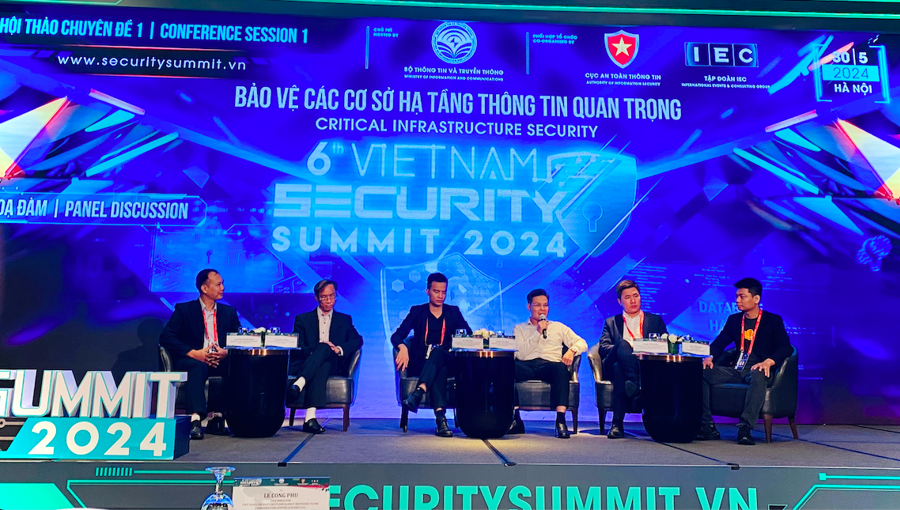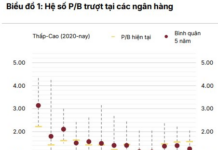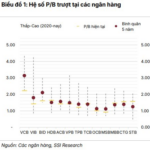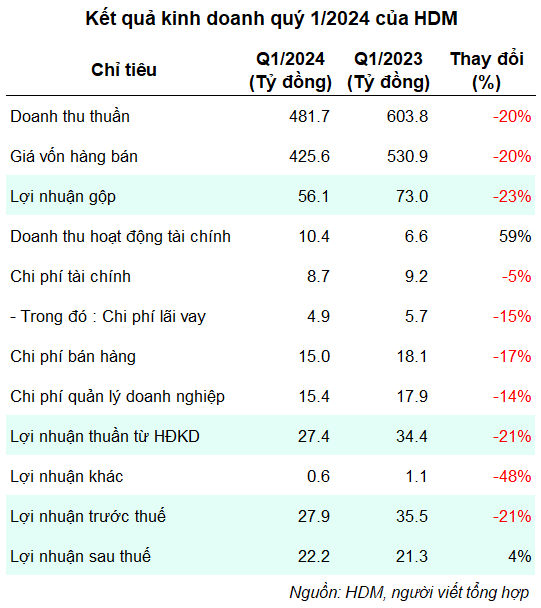The “2-second ransomware attack” scenario is a growing concern, as highlighted by experts at the AI Explosion Era Safety Seminar, with a specific focus on protecting critical information infrastructure. This seminar took place on May 30 and brought attention to the increasing frequency of cyberattacks.
In 2024, cyberattacks are predicted to cause global economic losses of up to $42 billion. The frequency and scale of these attacks have been consistently rising over the years. Currently, 66% of organizations worldwide have been targeted by ransomware, indicating that businesses of all sizes are potential targets for cybercriminals.
According to statistics presented at the seminar, global losses due to cyberattacks in 2023 were estimated at $8 trillion, approximately $21 billion per day. This number is expected to increase to $9.5 trillion in 2024. On a global scale, an organization falls victim to a ransomware attack every 11 seconds. Additionally, over 353 million people have been affected by data breaches, with the average global cost of a data breach reaching $4.45 million.
Lin Guanrui, Director of Technical Solutions and Marketing for Huawei’s Data Center in the Asia-Pacific region, emphasized the need for businesses to implement multiple layers of network and application security. He also stressed the importance of enhancing detection capabilities and making data backups immutable and isolated, as data recovery can be challenging and becomes more difficult over time.

A Sophos report revealed a decline in the number of businesses capable of recovering data within a day, dropping from 14% last year to only 8% currently. Experts at the seminar agreed that data recovery from ransomware attacks is nearly impossible, emphasizing the crucial need for businesses to continuously back up their data.
Lin Guanrui further suggested that businesses should adopt diverse back-up environments and strategies for data storage, recovery, and back-up. Instead of solely relying on physical warehouses, businesses should explore smarter storage solutions and implement additional layers of defense.
As security solutions advance, the activities of cybercriminals become more complex and challenging to control. According to Liu Tuan Anh, Cloudflare’s Solutions Engineer for Southeast Asia, the number of undetected zero-day vulnerabilities has been increasing, and the time it takes for hackers to launch an attack is decreasing.
La Manh Cuong, Executive Director and Vice President of OPSWAT, drew a comparison between the ongoing battle against cyberattacks and a game of cat and mouse. As more solutions emerge, malware becomes more dangerous, evolving and adapting to the very technology designed to counteract it.




































